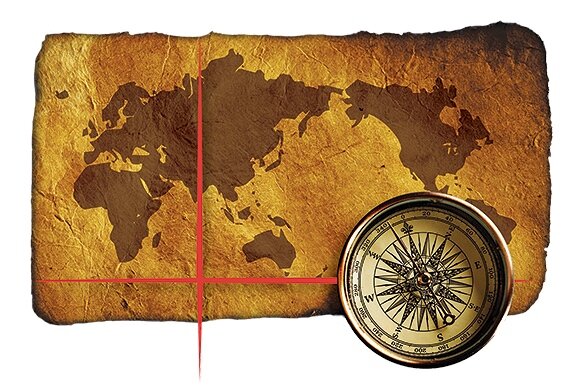BORDER OPENING STATUS
Nepal’s borders are fully re-opened to vaccinated visitors from January 2022, without quarantine or isolation. There is no restriction for movement within Nepal. Copy of trekking permits, hotel reservations and local operator itinerary are required. The government has announced that certain trekking routes have been opened but with strict strict measures to prevent spread of COVID-19 in remote villages.
A living royal goddess, the Kumari, has elected to live here since the 17th century. That should tell you that Nepal is unique. In fact it is the only country in the world where the elevation ranges from 60 meters to over 8,000 meters above sea level.
Here Hindus and Buddhists cross paths in the spectacular expression of their faith. Here five seasons (the four usual ones and the monsoon) interact dramatically with unique biomes and ecosystems. Here, alleyways vibrant with resounding life share spaces with peaceful and quiet temples and sanctuaries. In Nepal, the contrasts are always colorful, the richness of the culture and history always astounding.
Landlocked by China and India, home to Mount Everest and eight of the world’s tallest mountains, Nepal offers spectacular vistas, incredible trekking trails, unspoiled nature, numerous UNESCO World Heritage Sites, plenty of adventurous activities if you want a thrill and the best Ayurveda spas in the world if that’s your thing. In Nepal, 35 different ethnic groups create a melting pot of various religions, languages, musical inspirations and a combination of Hindu and Chinese cuisine to make your mouth water.
Longitude 80 will guide you through the birthplace of Lord Buddha, along emerald hills painted with colorful flowers, through pristine forests, medieval cities and remote villages.
We will start our trip with a three day stay in Kathmandu, niched in the valley often called the “Nepal Mandala”. You’ll stay in a unique historical hotel and you’ll be guided through the city’s three durbar squares, the places of palaces and visit the most spectacular of the city’s 50 temples and shrines, including the Temple of Lord Shiva, the Boudhanath (one of the most revered Buddhist stupa in the world) and the shrine of the “Monkey temple”.
From there, we’ll venture to Pokhara, for a three-day stay. Home of the fabled Gurkhas soldiers and now to many thousands of Tibetans that fled the Chinese invasion, Pokhara will challenge you with many options: go boating on the spectacular lake Phewa, do a bit of trekking, fly to the Annapurna base camp or visit the city’s old bazaar.
Afterwards, two options are offered: explore the Chitwan Natural Preserve, reputed for its wildlife or the Royal Bardia Natural Park, further west, more remote and less-traveled to meet wild elephants. In both cases, you’ll be staying in top safari lodges for three days.
And finally, you’ll go for two nights to a small village facing Mount Everest, in a lodge located at over 14 000 feet above sea level, where you’ll spend quality time with local sherpas and enjoy a unique experience looking (and living) at the top of the world.
WHEN?
The best time to go to Nepal is in October and November. February is okay if a bit of cool weather doesn’t scare you, March to May is also recommended.
HOW LONG?
We usually propose a 10 to 12days stay, depending on flight arrivals and departure times from Kathmandu.
WHERE DOES IT START?
Kathmandu is served by several airlines, Air India, Emirates and Qatar Airways offering the largest number of options. You will probably have to go through India, Thailand, Malaysia or Dubai first.
DID YOU KNOW?
Apa Sherpa has climbed Everest 21 times, making him the world record holder.












